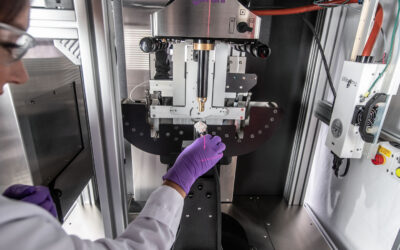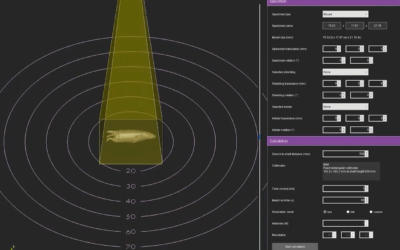AIM:
Small, solitary hepatocellular carcinoma is curable with stereotactic radiation or other methods of tumor ablation, however, regional and systemic tumor recurrence occurs in over 70% of patients. Here we describe the ability of immunoradiotherapy to induce an antitumor immune response and delay the growth of tumors in immunocompetent mice.
METHODS:
A syngeneic hepatocellular carcinoma cell line (Hep-55.1c) was injected directly into the livers of C57BL/6 mice using ultrasound guidance, then tumors were treated with stereotactic radiation using a Small Animal Radiation Research Platform with computed tomography guidance.
RESULTS:
Delivery of three doses of 250 μg anti-programmed cell death protein-1 (αPD-1) antibody concurrently with 30 Gy stereotactic body radiation therapy in three fractions reduced the growth rate of tumors and improved survival (P < 0.05). Combined treatment was associated with increased CD8+ cytotoxic T cells in the tumor; depletion of CD8 T cells eliminated the efficacy of combined treatment. Combined treatment also induced expression of programmed cell death-1 ligand expression on tumor-infiltrating macrophages, and the tumors grew rapidly after αPD-1 treatment was discontinued.
CONCLUSIONS:
Tumor response to stereotactic radiation can be augmented by concurrent treatment with αPD-1. The efficacy of this combination therapy was transient, however, and treatment induced markers of adaptive immune resistance. These data are promising, but also indicate that mechanisms of immune resistance will need to be durably overcome for this combination to generate lasting immunity to protect against tumor recurrence.
Friedman D, Baird JR, Young KH, Cottam B, Crittenden MR, Friedman S, Gough MJ, Newell P.






